In fact the Earl presented three prizes that summer: a silver ball for the winners, the silver-mounted belt for the runners-up, and a cricket bat for third place. Having added the belt to my collection following a chance find on eBay, I decided to look into its history, and the wider sporting patronage of the Earls of Eglinton in the Victorian era.
The prizes attracted five local cricket clubs to enter the competition. It was an awkward number for a knock-out competition, but the ties were drawn and in the first round Ardeer beat Kilmarnock Junior on 3 June, then Kilwinning Monkcastle beat Kilmarnock Winton on 17 June, while Irvine Eglinton were given a bye. In the second round, effectively the semi-final, Irvine Eglinton beat Ardeer on 1 July while Kilwinning Monkcastle received a bye.
This set up a final which was played on 22 July at the Earl's own cricket pitch at Eglinton Castle. Kilwinning Monkcastle took the honours, and the silver ball, by beating Irvine Eglinton by 45 runs after two innings.
The Eglinton prizes for Cunninghame clubs continued each year until 1882 when the silver ball was won by Beith. by this time, there was no mention of a silver belt for the runners-up, and the current whereabouts of the silver ball is (I believe) unknown.
Hence the little belt and buckle, which I now own, appears to be Scotland's oldest surviving cricket trophy. There were earlier cricket cups in England, but only for direct competition between two teams. I can find no earlier instance of a knock-out tournament.
The original winners of the belt, Irvine Eglinton, had been founded in the town in 1858, and not surprisingly the club's patron was the Earl of Eglinton himself. The club was one of the leading sides in Ayrshire in the 1860s but had a chequered history, having to bounce back from losing its ground to coal mining in 1867 and then became homeless again in 1874, after which it was wound up.
The 14th Earl was clearly a cricket enthusiast and delighted at the success of his tournament, so in 1867 he went one bigger and provided a trophy for the whole of Ayrshire (or more formally for Carrick, Kyle and Cunninghame). He had announced the previous summer that he would offer a silver cup, value £40, and the first edition of the competition attracted eleven entries. The first winners were Irvine Eglinton, defeating Ayr in the final. In succeeding years the winners always came from Ayr until Ayr CC won it three years in a row to take permanent possession of the trophy in 1875. It was in fact three trophies, a silver gilt claret jug with two goblets, all in the same velvet-lined box.
The Eglinton Cup, still held by Ayr CC, came back into public view in 2017 when it took pride of place at a Scottish cricket exhibition within the Football Museum at Hampden Park.
The 13th Earl of Eglinton (1812-1861) is perhaps best known for his extravagant Eglinton Tournament which he hosted in 1839. However his lasting legacy was in sport. Described as 'the generous patron of every manly exercise', over the following two decades until his death he lavished his wealth on a huge variety of prizes which encouraged sporting competition in Scotland and far beyond.
His personal passion was horse racing and he kept a large racing stud, the greatest exponent being Flying Dutchman which won the Derby and the St Leger in 1849. The Earl also provided the Eglinton Cup at the Curragh racecourse in Kildare while he was Viceroy of Ireland.
In bowls, he donated the Eglinton Gold and Silver Bowls for clubs in Ayrshire (1854) and the magnificent Eglinton Silver Jug (1857) for annual competition between Ayrshire and Glasgow. These are all still competed for today.
In curling, he presented the Eglinton Jug in 1851 for Ayrshire clubs and it is also still going as a vibrant competition.
In golf, the Earl was a founder of Prestwick Golf Club in 1851 and provided the silver belt which was won on the course by Willie Park at the very first Open Championship in 1860. It continued to be the prize for the winner of the Open each year until Tom Morris junior won it outright in 1871, and it was replaced with the famous claret jug. The belt now resides in the R&A World Golf Museum in St Andrews.
Overall the patronage of the 13th Earl of Eglinton helped to encourage Scottish sport in many fields. After his death, the 14th Earl was less extravagant but he still made a key contribution to cricket and I am delighted to have discovered one of his original prizes.
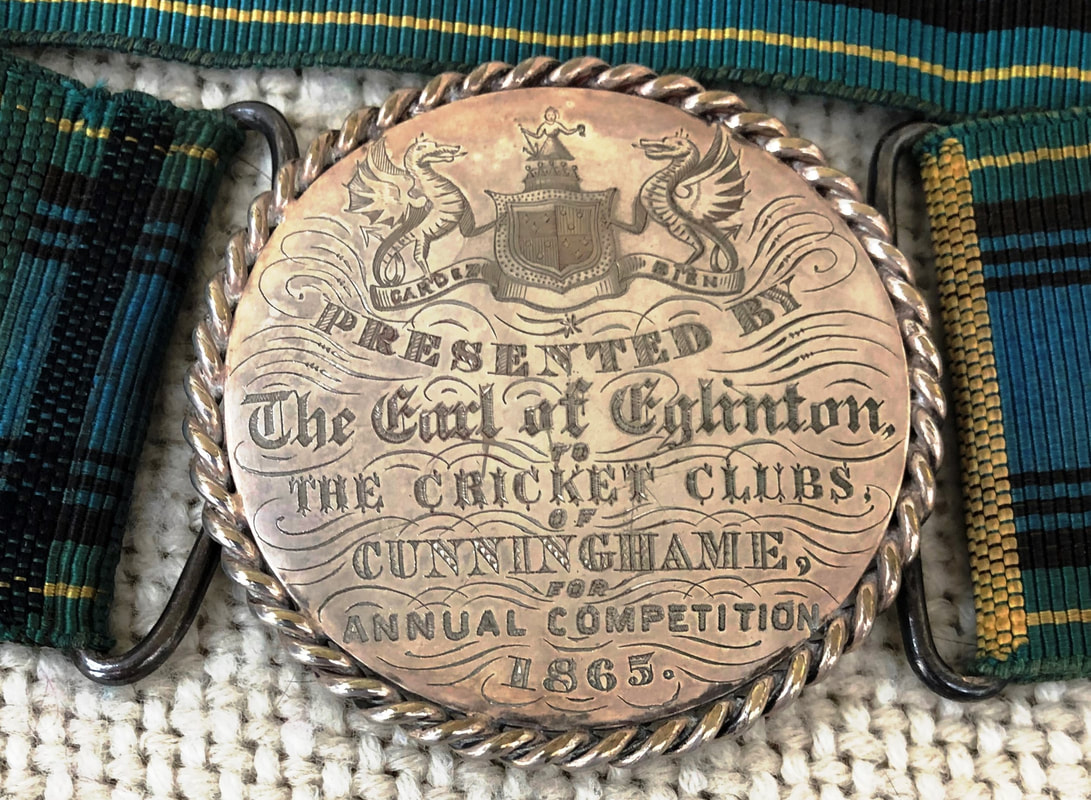
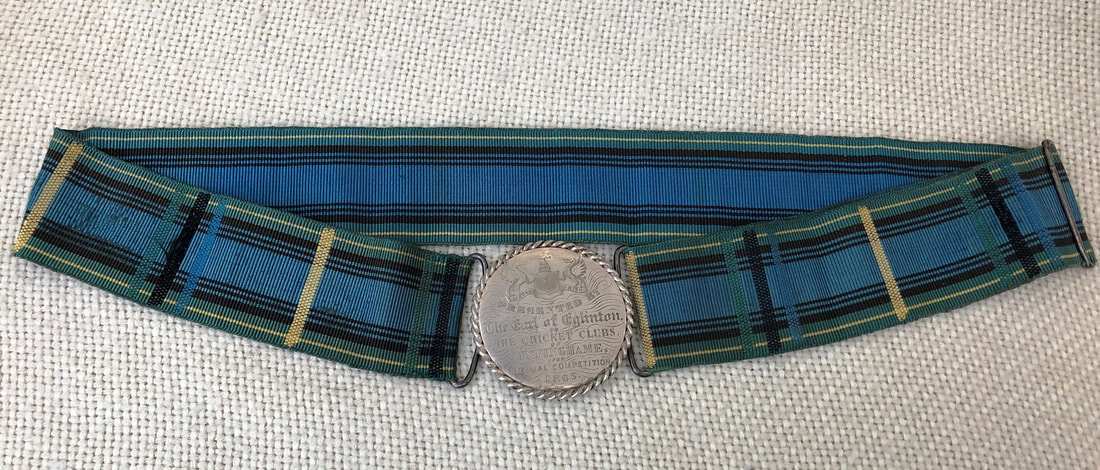
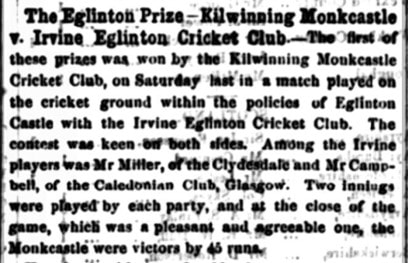
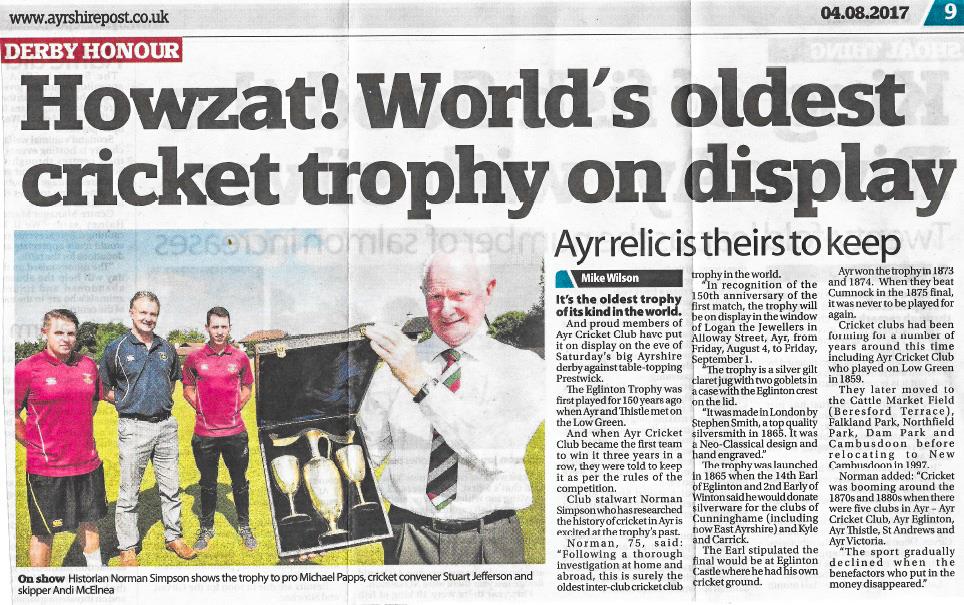
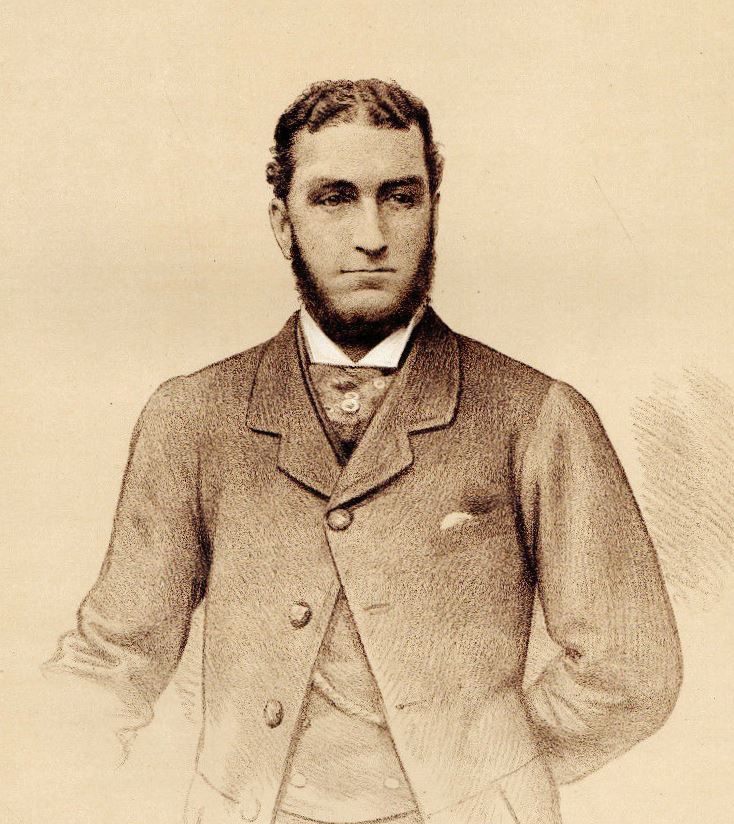
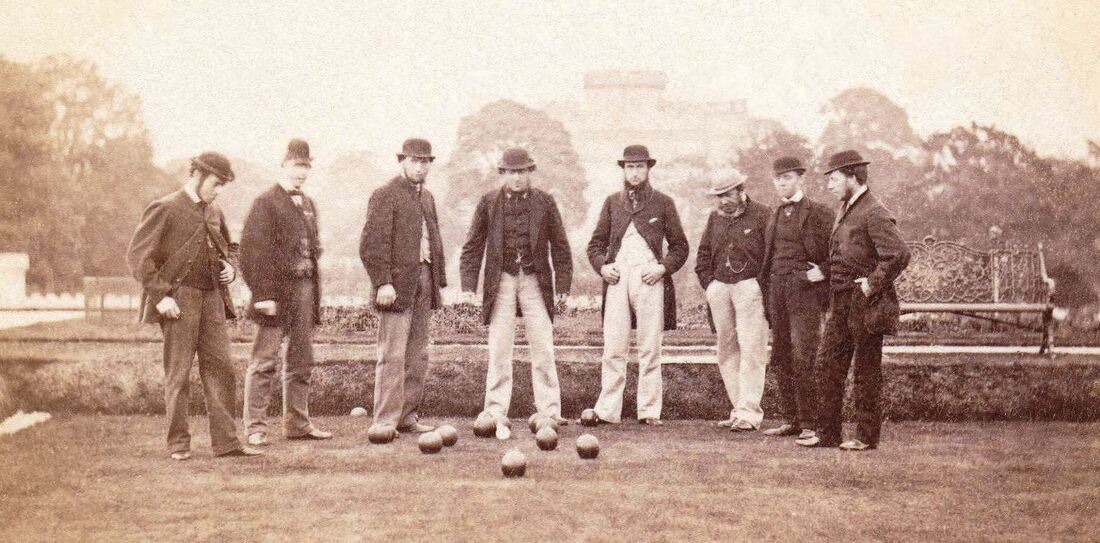
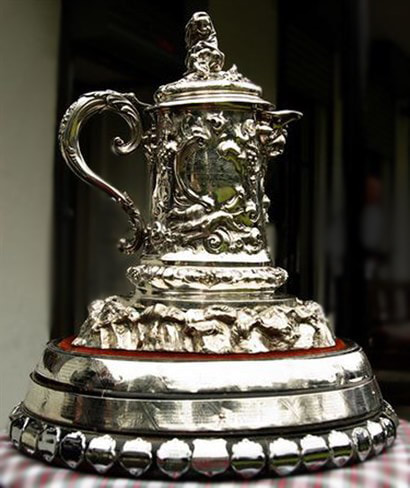
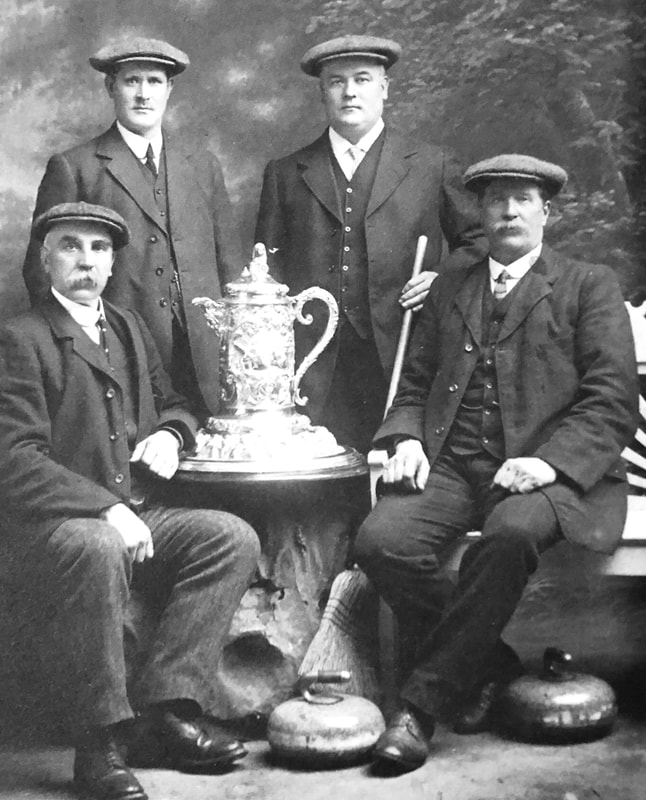
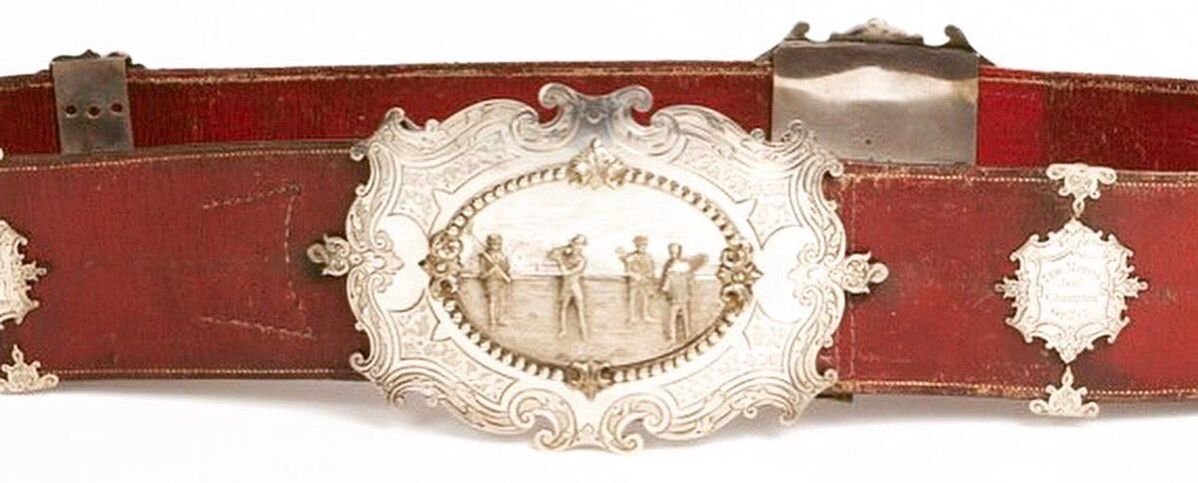
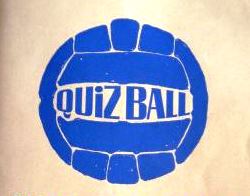
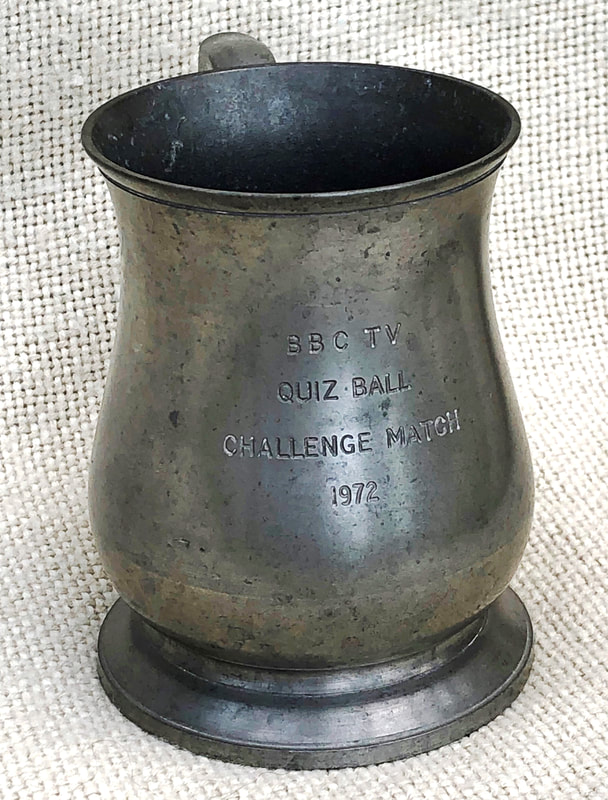
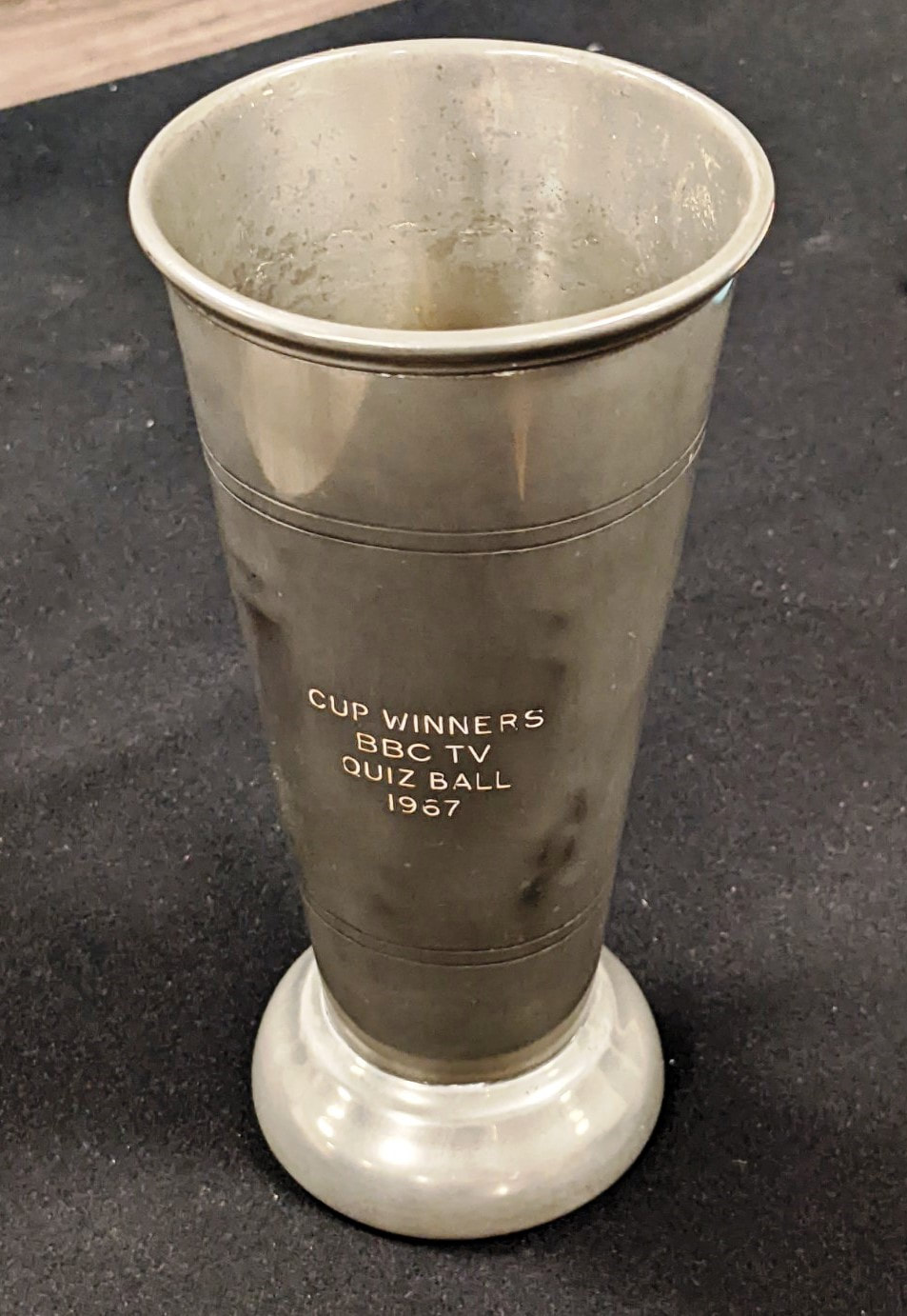
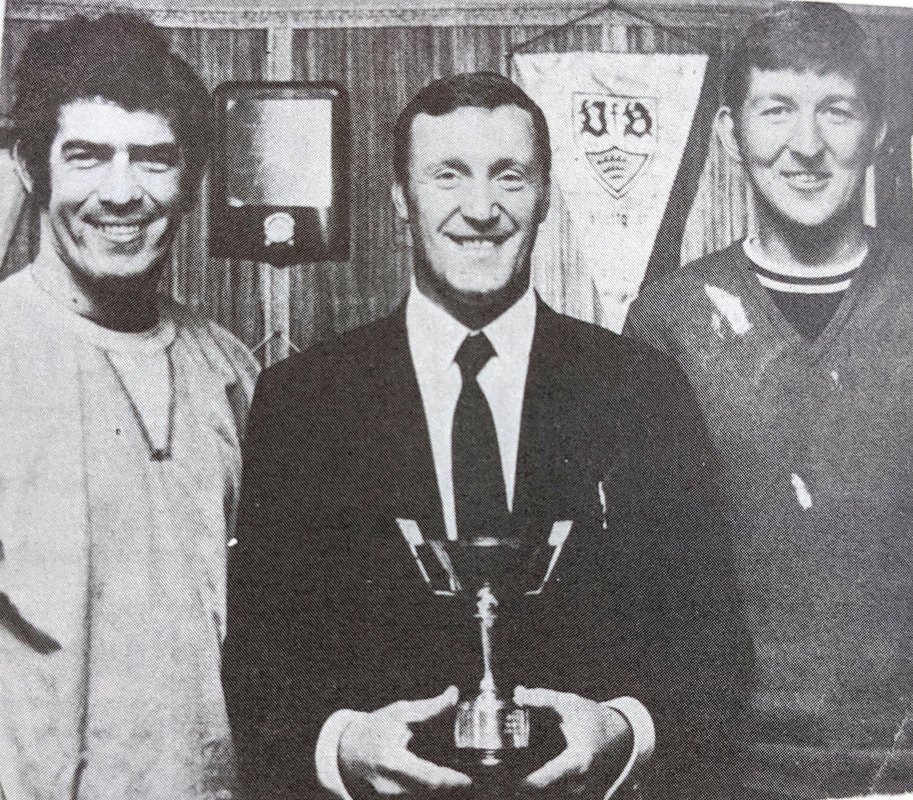
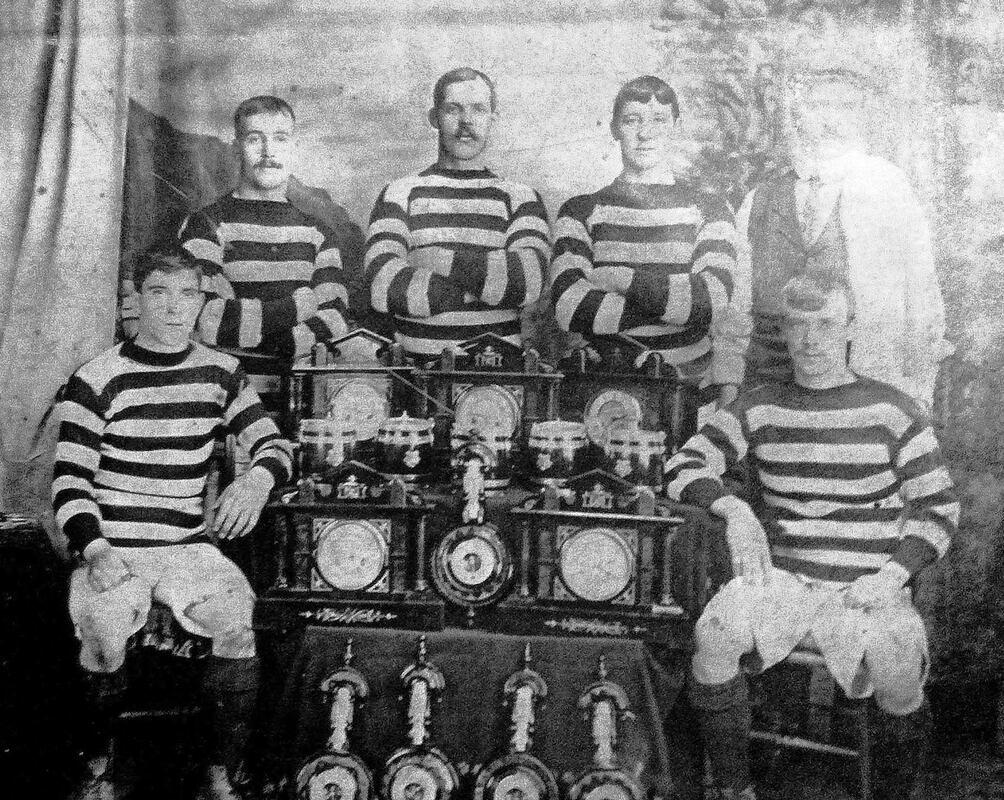
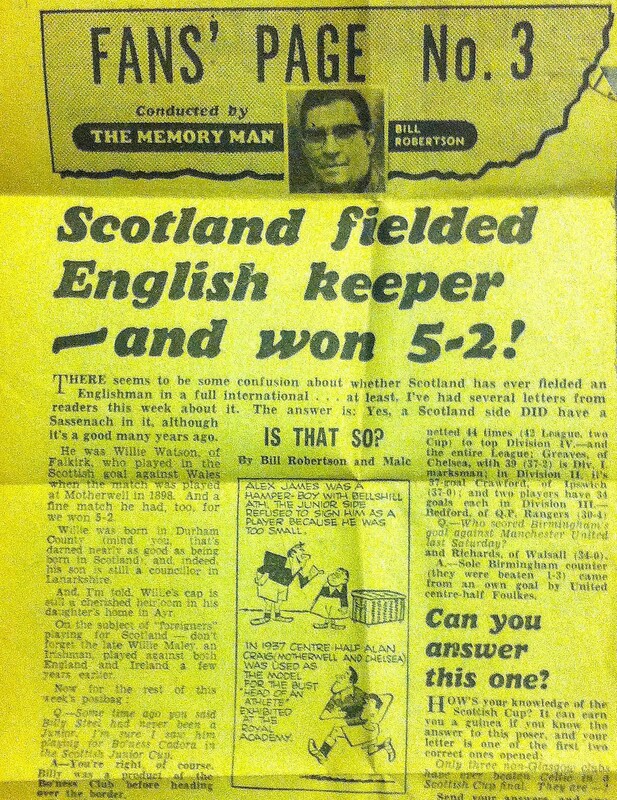
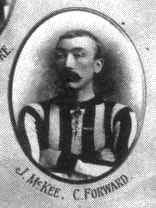
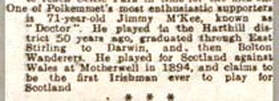


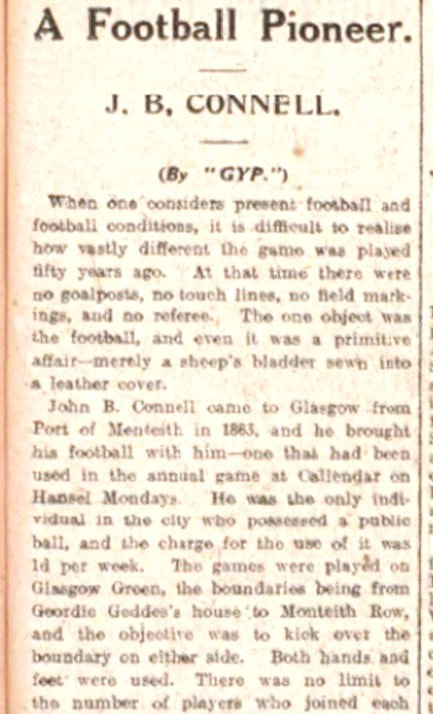
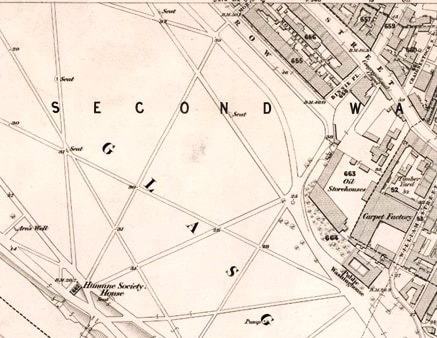



 RSS Feed
RSS Feed